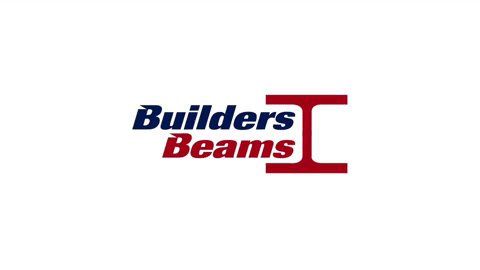Managing construction supply chains effectively is crucial for building firms to enhance productivity, reduce costs, and deliver projects on time. Here we will explore some practical strategies for optimizing construction supply chains, specifically tailored for building firms.
Challenges in Construction Supply Chain Management
Building firms face unique challenges when it comes to managing supply chains. Limited resources, budget constraints, and a lack of standardized processes often contribute to inefficiencies. When looking to improve your supply chain, it is important to be aware of any restrictions or bottlenecks. Some common challenges include:
- Limited Resources: Smaller building firms typically have smaller teams and less financial capacity to handle complex supply chain operations. This can result in delays, errors, and increased costs.
- Ineffective Communication: Inefficient communication between project stakeholders, suppliers, and contractors can lead to misunderstandings, delays in material deliveries, and project disruptions.
- Lack of Visibility: Many building firms struggle with poor visibility into their supply chain processes. This lack of transparency makes tracking inventory, monitoring supplier performance, and identifying bottlenecks difficult.
- Cost Overruns: Inefficient supply chain management can result in cost overruns due to excessive inventory, storage costs, delays in material deliveries, and rework.
Optimizing the Construction Supply Chain
Once you have identified the restricting factors in our supply chains, you can begin to work to streamline them. While every supply chain is different, here are a few ways we have optimised our production process and supply chains:
- Implementing Lean Principles: Lean principles aim to eliminate waste and improve efficiency. By identifying and eliminating non-value-added activities, firms can reduce costs and optimize their supply chains. This involves mapping out processes, streamlining workflows, and continuously improving operations.
- Just-in-Time Inventory Management: Just-in-time (JIT) inventory management focuses on receiving materials at the exact time they are needed, minimizing excess inventory and storage costs. By closely coordinating with suppliers and accurately forecasting material requirements, firms can reduce waste and improve cash flow.
- Leveraging Technology: Embracing technology can greatly enhance supply chain management. Small to medium-building firms can utilize procurement software to streamline the ordering process, logistics software to track and manage deliveries, and inventory management systems to optimize stock levels and improve visibility.
Establishing Long-Term Supplier Relationships
One final factor that can improve supply chains is to Develop long-term partnerships with your suppliers. A strong relationship is important for long-term benefits and growth for both parties. Here are some things that we at Steelo have benefitted from building long-term relationships:
- Improved Communication: Building strong relationships with suppliers facilitates effective communication, leading to better collaboration and a smoother flow of materials.
- Consistent Quality and Pricing: Long-term supplier relationships often result in negotiated pricing and consistent quality, ensuring a reliable supply of materials and reducing the risk of delays or defects.
- Supplier Development: Collaborative partnerships enable suppliers to better understand the specific needs of small to medium-building firms, allowing them to tailor their products and services accordingly. This can lead to improved efficiency and greater customer satisfaction.
Conclusion
Streamlining your supply chains can improve operational efficiency and project outcomes. With the implementation of efficient strategies such as lean principles, just-in-time inventory management, and leveraging technology.
Overcoming challenges through effective communication, visibility, and long-term supplier relationships will contribute to successful project delivery, cost reduction, and increased competitiveness in the construction industry.
By continuously optimizing their supply chains, building firms can position themselves ready for sustainable growth and success in the market.
Categories
Archives
- April 2024 (5)
- March 2024 (2)
- February 2024 (1)
- January 2024 (3)
- December 2023 (2)
- November 2023 (1)
- September 2023 (4)
- August 2023 (3)
- July 2023 (1)
- June 2023 (7)
- May 2023 (2)
- April 2023 (14)
- March 2023 (15)
- February 2023 (7)
- January 2023 (6)
- December 2022 (5)
- November 2022 (1)
- October 2022 (4)
- September 2022 (3)
- August 2022 (1)
- July 2022 (2)
- June 2022 (2)
- April 2022 (4)
- March 2022 (1)
- February 2022 (1)
- December 2021 (3)
- March 2021 (2)
- October 2020 (1)
- September 2020 (1)
- July 2020 (1)
- June 2020 (1)
- May 2020 (2)
- April 2020 (2)
- March 2020 (3)
- February 2020 (2)
- January 2020 (1)
- December 2019 (2)
- November 2019 (1)
- October 2019 (1)
- September 2019 (3)
- August 2019 (1)
- July 2019 (4)
- June 2019 (4)
- May 2019 (1)
- April 2019 (4)
- March 2019 (2)
- February 2019 (4)
- January 2019 (4)
- December 2018 (4)
- November 2018 (4)
- October 2018 (5)
- September 2018 (6)



